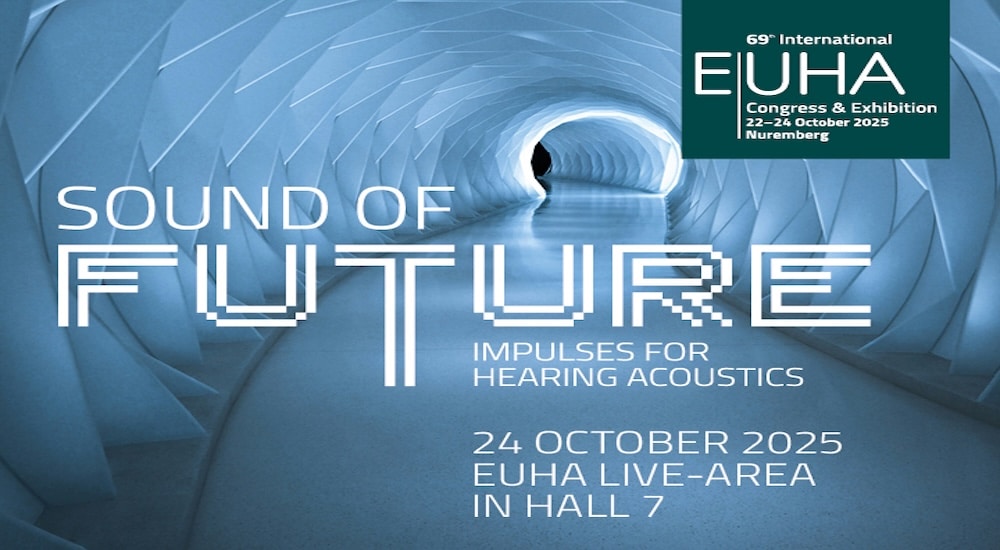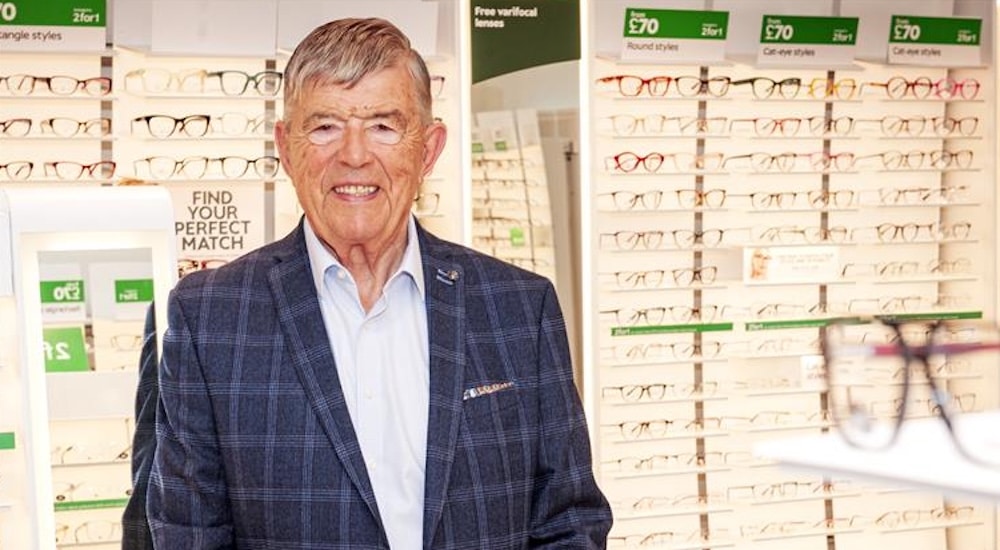Implantation overtakes hearing aid fitting in pediatric populations in Spain
TRENDS
For the first time, the sale of implants has overtaken that of hearing aids as the most-used technology for children in the treatment of hearing loss, as evidenced by the comparative data of two studies carried out in 2005 and 2018 by FIAPAS, (the Spanish confederation of families of deaf people).

Based on a sample of nearly 600 and nearly 800 cases respectively, the percentage of hearing aid fitting has decreased from 57% to 39%, whereas implantation has increased in the same proportion, even exceeding 60%, for the rehabilitation of bilateral hearing loss.
The treatment protocol for pediatric hearing loss recommends that the first treatment strategy should focus on fitting hearing aids and then, as a second stage, in those cases when these devices do not offer satisfactory results, opt for surgical implantation. A recent study of the Spanish confederation of families of deaf people (FIAPAS) has shown that in Spain the situation has changed substantially over the last decade, and that implantation has taken precedence over hearing aids. This offers interesting prospects for electric stimulation as against accoustic devices among young users, who will then grow into adulthood; while it is the older members of the population who comprise the majority of users of hearing aids for the treatment of presbycusis.
Carmen Jáudenes, the head of FIAPAS, shared some of the most significant data of the 2018 study which involved nearly 800 families and was designed to assess how therapeutic strategies for a given diagnosis have evolved among pediatric patients and young adults (up to 26 years of age) with – with hearing problems from birth or which occurred in the first years of life. Based on the data from a previous similar study carried out in 2005 involving 586 families, the pedagogue also highlighted that over 90% of rehabilitated children, teenagers and young people communicate through spoken language; this represents an ever-increasing trend in comparison to the use of sign language by this same population.
Source: Audioenportada


